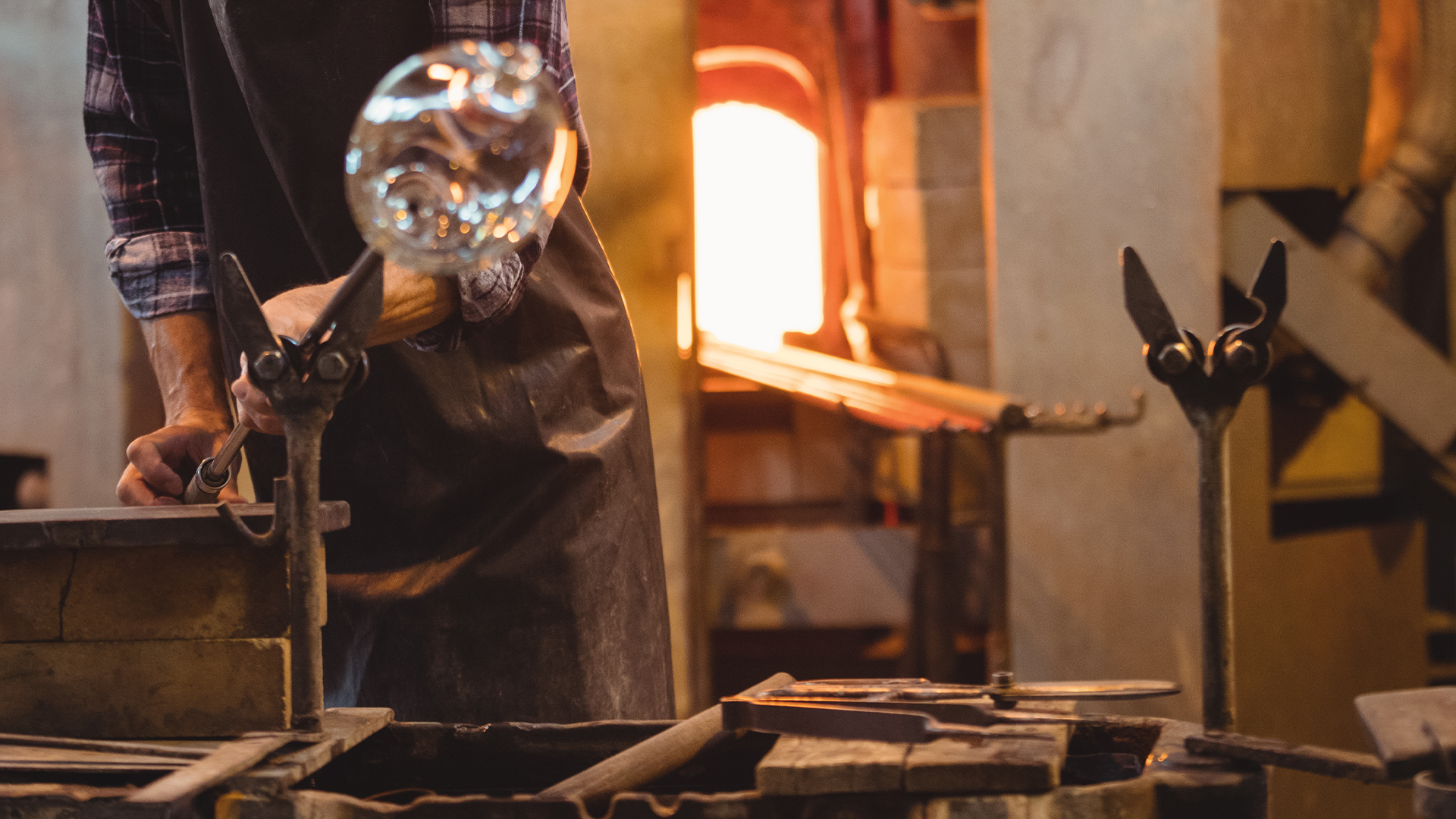Introduction:
In many manufacturing techniques, some methods stand out not only for their practicality but also for their artistic potential. Sand casting is one such ancient technique that has been instrumental in shaping both objects and exquisite works of industry. Let’s delve into the fascinating world of sand casting, where molten metal meets the grains of sand to create wonders.
The making of Sand Casting:
At its core, sand casting is a process that involves creating a mold by packing sand around a pattern and then pouring molten metal into the mold cavity. Once the metal cools, the mold is broken apart, revealing the object within. This method has been utilized for many years now, it is evolving from its origins into a precise and versatile technique.
Materials and Preparation:
The materials used in sand casting are relatively simple and easily accessible, primarily consisting of sand, a pattern, and a bonding agent. The sand used is typically silica sand, chosen for its ability to withstand high temperatures without deforming. Additionally, various additives can be mixed with the sand to enhance its properties, such as clay for better cohesion or water for improved moldability.
The pattern is usually made of wood, metal, or resin and it serves as a template for the final object and must be carefully crafted to exact specifications. Skilled artisans meticulously carve or sculpt the pattern, ensuring that every detail is captured in the final casting.
The Process Unfolds:
The sand-casting process begins with the creation of the mold. Then the pattern is placed in a molding box, and sand is packed around it, either by hand or through mechanical means. This packed sand mold is then reinforced and stabilized to withstand the pressure and heat of the molten metal.
Once the mold is prepared, the pattern is removed, leaving behind a cavity that takes its shape. Channels, called gates and runners, are added to allow the molten metal to flow into the mold efficiently. Finally, the mold is securely closed, and the metal is poured, filling the cavity.
Artistry in Action:
One of the most interesting aspects of sand casting is its potential for artistic expression. While the technique is commonly associated with industrial manufacturing, it has also been embraced by artisans and sculptors for creating unique pieces of art. From intricately detailed sculptures to custom-designed hardware, sand casting offers a versatile canvas for creativity.
Moreover, sand casting enables the production of complex shapes and designs that may be challenging or impractical to achieve through other methods. This freedom allows artists and designers to push the boundaries of what is possible, resulting in truly remarkable creations.
Conclusion: Sand casting stands as a testament to the ingenuity and craftsmanship of humanity. From its humble beginnings to its modern applications in the industry, this ancient technique continues to inspire and captivate. Whether casting engine components or sculpting fine art, the combination of molten metal and sand is a timeless dance of creation, yielding objects of beauty and utility for generations to come.

